Introduction to the specifications and parameters of adjustable resistors
Introduction to the specifications and parameters of adjustable resistors
Introduction to the specifications and parameters of adjustable resistors
Adjustable resistor can play the role of resistance in electronic circuits. The difference between it and general resistance is that its resistance can be continuously changed within a certain range. It can be used in some occasions where the resistance value changes but does not change frequently. Due to the structural characteristics and use of adjustable resistors, the failure rate is significantly higher than that of ordinary resistors. Adjustable resistors are usually used in small signal circuits, and there are many commonly used specifications and models, such as: RM085C-V1 with cap, RM085G-H5, JML3386PL(3-5-8), RM150-H1, etc., generally different specifications and models The performance and use of the products will also be different. Next, let me briefly introduce a few commonly used products!
(1)Adjustable resistance RM085C-V1 with cap
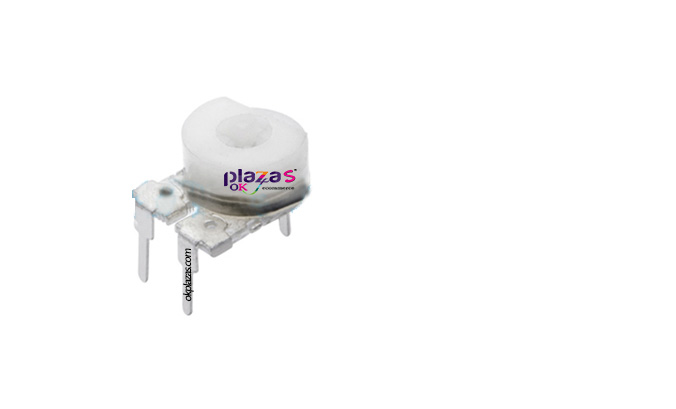
Adjustable resistance RM085C-V1 with cap_reference drawing:
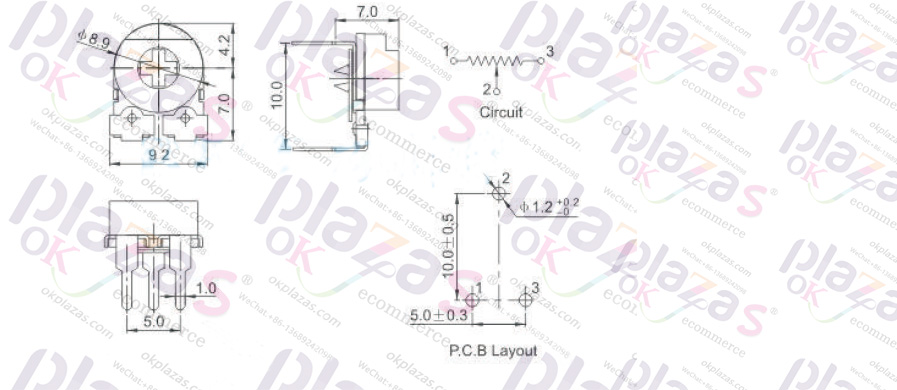
Adjustable resistor RM085C-V1 with cap_Introduction:
RM085C-V1 is made of iron-shell carbon film material with a diameter of 9.2mm. It can also be called a horizontal adjustable resistor. The toe is 5×10, and the resistance is 100 ohms to 2 megohms. The specifications are divided into two types: with cap and without cap. Kind of type. RM085C-V1 is widely used in industries such as instrumentation, household appliances, communication products and electronic security.
adjustable resistance RM085C-V1 with cap_Technical parameters:
Resistance range (Ohms): 100~2M
Rated power: 0.1W
Residual resistance: R≤ 1KΩ: 30Ω max R>1KΩ: 3%max
Resistance deviation: R<500KΩ ±20%
R≥500KΩ ±30%
Resistance change characteristics: B
Higher voltage: AC50V
Rotation life: R≤15% max. for 100cycles
Mechanical characteristics:
Rotation angle: 250°±20°
Rotation torque: 80~350gf.cm
Stop intensity: 0.5Kgf.cm Max
(2)Ceramic adjustable resistor RM085G-H5
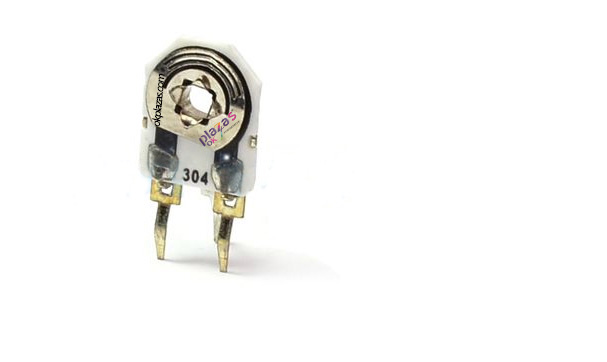
Ceramic adjustable resistor RM085G-H5_Reference drawing:
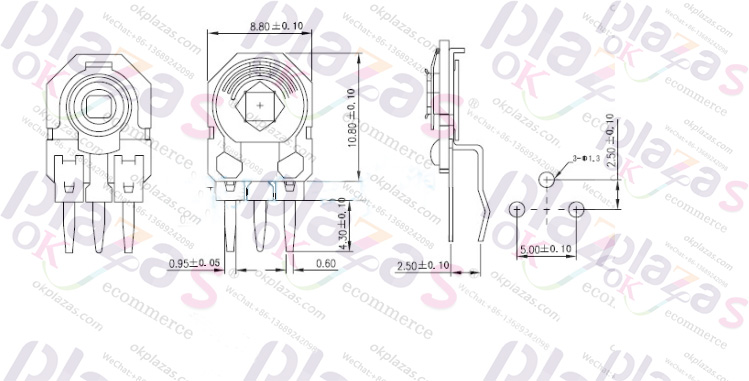
Ceramic adjustable resistor RM085G-H5_Product introduction:
RM085G-H5 is a ceramic plug-in adjustable resistor, the adjustment direction is side adjustment, it can also be called a vertical plug-in adjustable resistor on the market. Power 0.5W. The error is 20% and 10% (need to be customized). RM085G-H5 has two pitches: 5mm×5mm and 5mm×2.5mm. Packed in a bag of 500. It is widely used in household appliances, instrumentation, communication products and electronic security industries.
Ceramic adjustable resistor RM085G-H5_Technical parameters:
Ceramic adjustable resistor RM085G-H5_ performance:
Resistance range (Ohms): 100~4.7M
Residual resistance value: R≤ 1kΩ, r01, r03≤10Ω
R>1kΩ, r01, r03<1%R
Resistance deviation: ±20%
Resistance change characteristics: B
Higher voltage: AC30V
Rated power: 0.5W
Rotating noise: 100mV
Environmental characteristics:
Working temperature environment: -40℃~125℃
Temperature Coefficient: ±250ppm
Temperature characteristics: ±3%, placed at 70℃ for 5 hours
Mechanical characteristics:
Rotation angle: 240°±10°
Mechanical life: 30 turns of resistance change ±10%
Rotation torque: 5~35mN•m
Stop gear intensity: 50 mN•m
(3)Adjustable resistance JML3386PL (3-5-8)
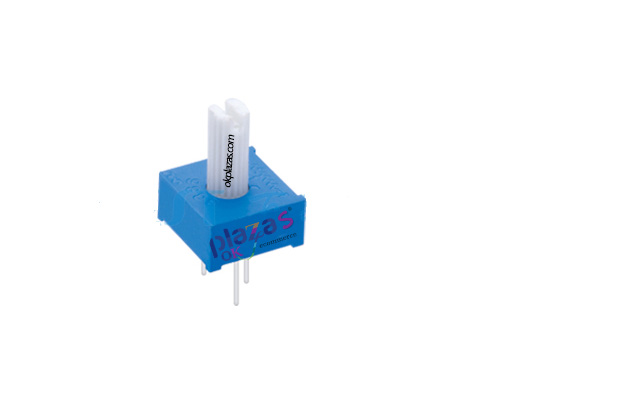
Adjustable resistance JML3386PL(3-5-8)_Reference drawing:
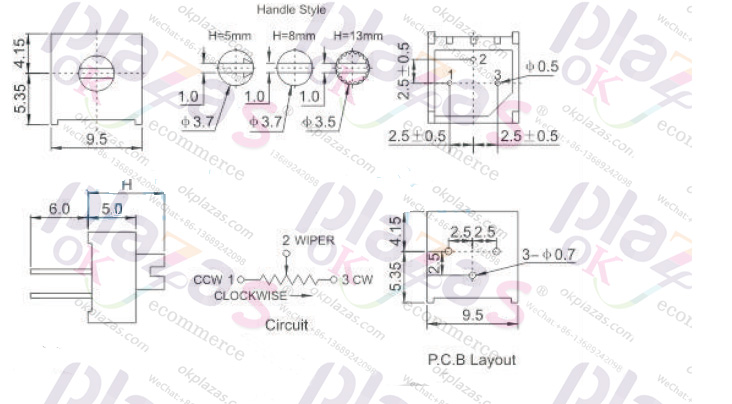
Adjustable resistance JML3386PL(3-5-8)_Introduction:
JML3386PL adjustable resistance series belong to single-turn potentiometer. The feet are arranged in a triangle with a pitch of 5×2.5, and the top is adjustable. The size of JML3386PL is: 9.5×9.5×5; secondly, JML3386PL has handles and handles without handles. There are three kinds of handle lengths: 3mm, 5mm, 8mm and other specifications, which can be selected according to user needs.
Adjustable resistance JML3386PL(3-5-8)_Technical parameters:
Adjustable resistance JML3386PL(3-5-8)_Performance:
Resistance range: 10~1M
Resistance deviation: ±10%
Insulation resistance: R1≥1GΩ
Withstand voltage: 101.3Kpa 600V, 8.5Kpa 350V
Effective electric stroke: 260°
Resistance change characteristics: B
Terminal resistance: ≤1%R or 2Ω
Contact resistance change: ≤3%R or 3Ω
Adjustable resistance JML3386PL(3-5-8)_Environmental characteristics:
rated power (higher working voltage 300V): +70℃ 0.5W, +125℃ ow
Working temperature range: -55℃ ~+125℃
Temperature coefficient: ±200ppm/℃
Temperature change: △R≤±2%R,△(Uab/Uac)R≤±2%
Collision: 390m/s2,4000uqw, △R≤±2%R
Vibration: 10~500Hz, 0.75mm or98m/s2, 6h△R≤±1%R,△(Uab/Uac)≤±2%
Climate order: △R≤±3%R, R1≥100MΩ
70℃ electrical durability: 0.5W, 1000h △R≤±3%R
Mechanical durability: 50cycles, △R≤±3%R
Steady state humidity: △R≤±3%R, R1≥100MΩ
Adjustable resistance JML3386PL(3-5-8)_Physical characteristics:
Total mechanical stroke: 280°
Starting torque: ≤20mN•m
Stop torque: ≥50 mN•m
Standard packaging: 50pcs/tube
(4)Adjustable resistance RM150-H1
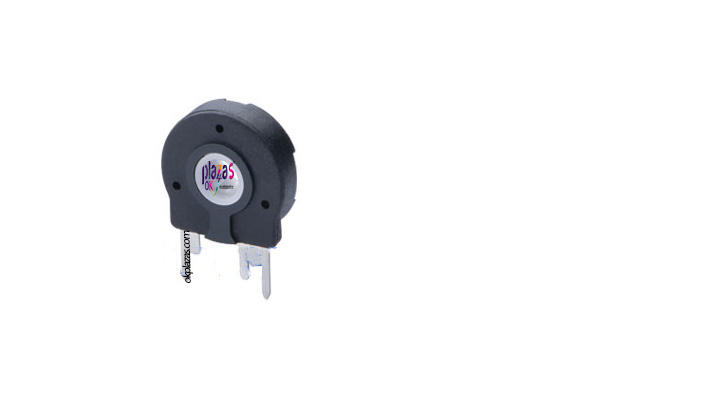
Adjustable resistance RM150-H1_Reference drawing:
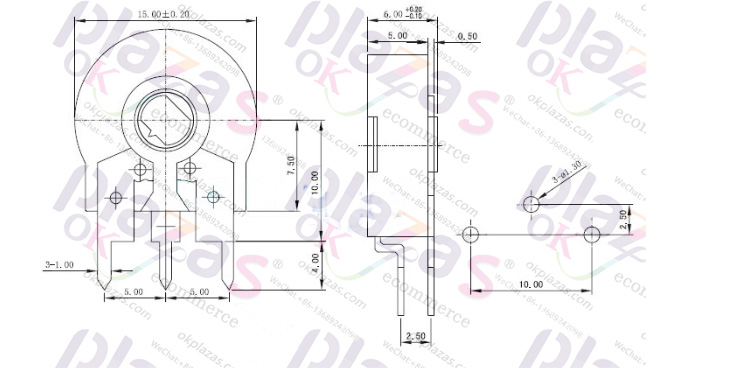
Adjustable resistance RM150-H1_Product introduction:
Adjustable resistance RM150-H1_Technical parameters:
adjustable resistance RM150-H1_ performance:
Resistance range (Ohms): 500~2M
Resistance deviation: ±20%
Resistance change characteristics: B
Rated power: 0.3W (50°); 0.1W (70°)
Higher operating voltage: 50VAC 20VDC
Terminal resistance: R<50K 20ΩMAX
R≥50K 50ΩMAX
Mechanical behavior:
Rotation angle: 265°± 5°
Starting torque: 3~20 mN•m
Stop gear strength: 2kgf.cm
Mechanical durability: 10000cycles
The above is about the relevant parameters of M085C-V1 with hood, RM085G-H5, JML3386PL(3-5-8), RM150-H1 and other products. If you want to know other types of galaxies, please consult our customer service staff. In addition, most of the resistors of adjustable resistors are made of polycarbonate synthetic resins, and attention should be paid to avoid contact with other amines such as ammonia, so as not to affect the performance. Avoid condensation or water droplets on the surface of the adjustable resistor, and avoid using it in humid places. When soldering the terminal with adjustable chip resistors, avoid using water-capacitive flux to avoid metal oxidation and mold material. Avoid using inferior flux. Poor soldering may cause difficulty in soldering, resulting in poor contact or open circuit.





